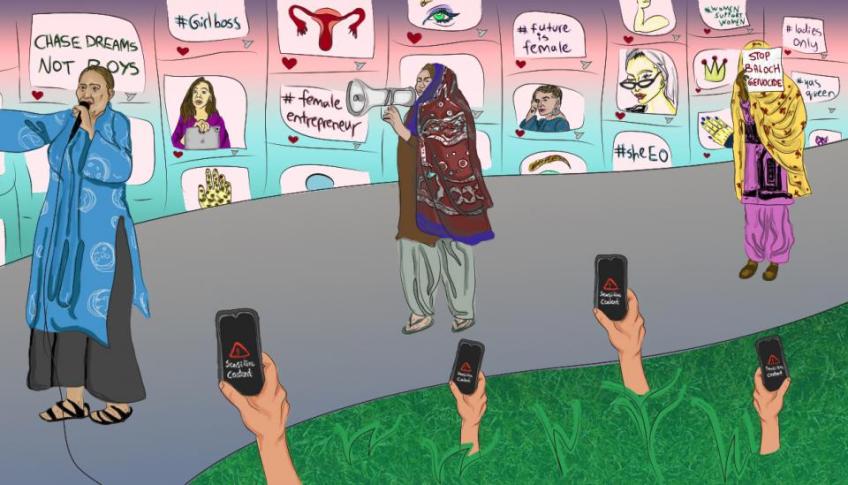
Sana, a woman who runs a grassroots charity initiative with presence on Instagram and YouTube, called me recently to ask for financial support that could help her amass subscribers for her YouTube channel so she could finally monetise it. She told me of her decision to go to Karachi so she could meet a family of YouTube content creators that would help her gain more subscribers – for a price. “They show you how they make content and gain popularity on YouTube, and then they give you subscribers, but they charge you for all this,” she said.
I dissuaded her from this endeavour, while listing to her the benefits of an organic follower growth. I also expressed my discomfort at the family asking for money so they could “give” her subscribers. It sounded like a scam, especially since YouTube’s algorithm is also resistant to inorganic views.
“But then I will never get to a thousand followers!” Sana protested. “It is going to take me years to get the kind of following I need to make money online.” And I could not help but think that she was right. Followers are now a part of one’s cultural capital: an unexchangeable currency that takes people years to build, even if they may not be doing so consciously.
She continued, “Whenever I make a call for donations online, hardly anyone responds. I sometimes get funds when you or someone else who is affluent shares my posts, but that does not happen as often as it should. The right people do not see my content on social media.”
Continue reading at GenderIT.org.
Image: Commitment to Creativity. Illustration by Minelle V., for GenderIT.org